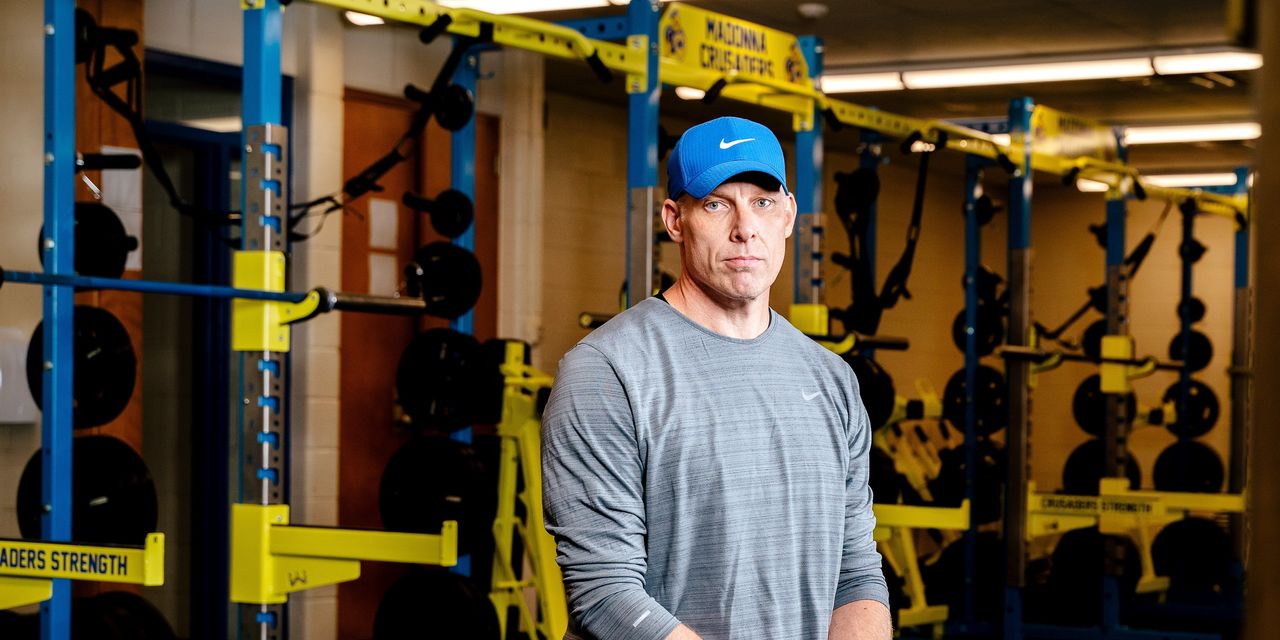NBA stars such as Stephen Curry of the Golden State Warriors or Kyrie Irving of the Brooklyn Nets have the seemingly superhuman ability to evade a defender to create an open shot or to find a passing lane to a teammate. Their agility gives them an athletic edge on the court, says Larry Sanders, a movement specialist and former strength and conditioning coach for the Detroit Pistons. They also help players avoid injuries, he says.
This NBA season in particular, he notes, where many players had less time for off-season recovery after the 2020 season was delayed by the pandemic, some of the most resilient players have been taken down by injuries both during a compressed regular season and in the grueling playoffs.
“When the body starts to fatigue, we figure out how to perform a movement even if it takes the body out of alignment and into a potentially harmful position,” he says. “That’s when injuries happen.” Mr. Sanders notes it’s more challenging for taller people to maintain balance while performing explosive, dynamic plays. He works with basketball players to help them maintain body control and spatial awareness while performing athletic movements.
But you don’t have to be an NBA All-Star to reap the benefits of quick reflexes and coordination. We tend to lose spatial awareness and balance as we age, Mr. Sanders says. This puts people at a higher risk for falls. The following exercises will help you have more stability and body control performing day-to-day functions like getting out of a car or trying to keep your balance while riding on the subway when you have to stand. With more body control, you’ll also be able to recover the next time you slip on ice or trip on a root trail running, he says. And quick reflexes and mobility can be a secret weapon in sports like tennis, soccer and basketball.
Mr. Sanders says the following exercises can be performed as a warm-up or as a workout. Start slow and gradually increase speed.













































